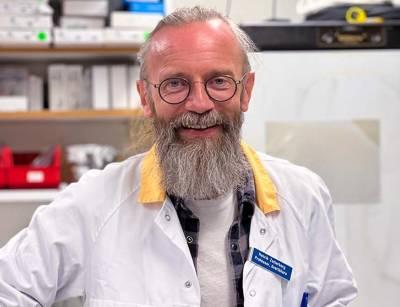Abstract
Dement Neurocogn Disord. 2025 Apr;24(2):91-101. doi: 10.12779/dnd.2025.24.2.91. Epub 2025 Feb 19.
ABSTRACT
BACKGROUND AND PURPOSE: Plasma biomarkers, including phosphorylated tau (ptau217), glial fibrillary acidic protein (GFAP), and neurofilament light chain (NfL), are promising tools for detecting Alzheimer's disease (AD) pathology. However, cross-laboratory reproducibility remains a challenge, even when using identical analytical platforms such as single-molecule array (Simoa). This study aimed to compare plasma biomarker measurements (ptau217, GFAP, and NfL) between 2 laboratories, the University of Gothenburg (UGOT) and DNAlink, and evaluate their associations with amyloid positron emission tomography (PET) imaging.
METHODS: Plasma biomarkers were measured using Simoa platforms at both laboratories: the UGOT and DNAlink Incorporation. Diagnostic performance for predicting amyloid PET positivity, cross-laboratory agreement, and the impact of normalization techniques were assessed. Bland-Altman plots and correlation analyses were employed to evaluate agreement and variability.
RESULTS: Plasma ptau217 concentrations exhibited strong correlations with amyloid PET global centiloid values, with comparable diagnostic performance between laboratories (area under the curve=0.94 for UGOT and 0.95 for DNAlink). Cross-laboratory agreement for ptau217 was excellent (r=0.96), improving further after natural log transformation. GFAP and NfL also demonstrated moderate to strong correlations (r=0.86 for GFAP and r=0.99 for NfL), with normalization reducing variability.
CONCLUSIONS: Plasma biomarker measurements were consistent across laboratories using identical Simoa platforms, with strong diagnostic performance and improved agreement after normalization. These findings support the scalability of plasma biomarkers for multi-center studies and underscore their potential for standardized applications in AD research and clinical practice.
PMID:40321441 | PMC:PMC12046245 | DOI:10.12779/dnd.2025.24.2.91
UK DRI Authors
